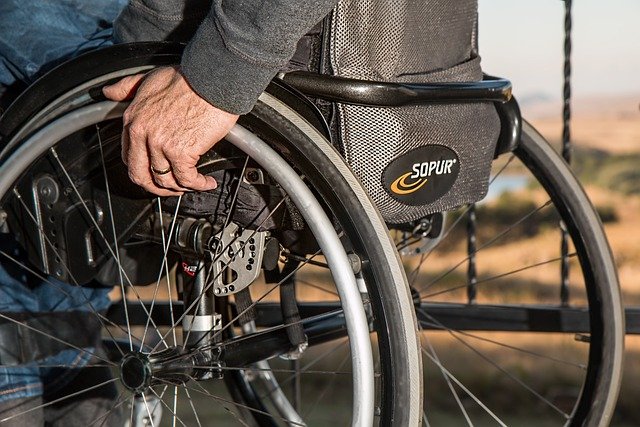Physical therapy approaches for maintaining mobility in muscle-wasting conditions
Physical therapy plays a central role in preserving function when progressive muscle weakness affects daily life. This article outlines evidence-informed approaches that physical therapists and multidisciplinary teams use to support mobility, reduce complications, and adapt activities as conditions change. It highlights neuromuscular assessment, rehabilitation planning, assistive technology, respiratory and cardiac considerations, nutrition, and psychosocial supports for different ages and care settings.

This article is for informational purposes only and should not be considered medical advice. Please consult a qualified healthcare professional for personalized guidance and treatment.
Neuromuscular causes and genetics
Neuromuscular conditions vary in cause and progression, with many influenced by genetics, which affects prognosis and treatment planning. Physical therapy begins with understanding the typical pattern of weakness, contracture risk, and progression rate so interventions match disease stage. Therapists coordinate with neurologists and genetic counselors for context about expected declines and to time interventions appropriately. Early, tailored exercise and monitoring help maintain function without overstressing vulnerable muscle groups.
Diagnosis and clinical assessment
Accurate diagnosis and ongoing assessment guide rehabilitation choices. Physical therapists use standardized outcome measures, gait analysis, and strength testing alongside clinical diagnosis to track mobility and fall risk. Regular reassessment documents changes in range of motion, endurance, and functional tasks such as transfers and stairs. Clear documentation aids multidisciplinary decision-making and helps prioritize goals like preserving independence, delaying assistive device use, or preventing secondary complications.
Physical therapy and rehabilitation strategies
Rehabilitation blends active and passive approaches: low-impact aerobic conditioning, targeted strengthening of compensatory muscles, stretching to limit contractures, and energy conservation techniques. Program intensity is individualized to avoid overwork weakness while promoting cardiovascular health and mobility. Task-specific training—practicing transfers, standing tolerance, and walking with graded distances—helps maintain functional independence. Therapists also educate families and caregivers on safe handling and home exercise programs to reinforce gains.
Assistive tech, mobility, and occupational therapy
Assistive technology and occupational therapy complement physical therapy for mobility and daily living. Mobility aids (walkers, canes, manual or power wheelchairs) are selected based on endurance, balance, and environment. Seating and positioning can reduce pressure injury and support respiratory function. Occupational therapists focus on adaptive strategies for self-care and work or school tasks. Collaboration across disciplines ensures devices match abilities and life roles, and training helps users maximize independence with chosen technologies.
Respiratory care, cardiac care, and nutrition
Progressive muscle weakness can affect respiratory muscles and cardiac function; these systems are integral to mobility planning. Physical therapists coordinate respiratory care strategies like breathing exercises and airway clearance when indicated, and align rehabilitation with cardiology recommendations for safe exercise intensity. Nutrition influences muscle health and energy levels; dietitians help optimize intake to support therapy participation. Periodic cardiopulmonary monitoring guides safe progression of activity and helps prevent exercise-related complications.
Clinical trials, psychosocial support, caregiving, and pediatrics
Clinical trials may offer access to emerging therapies and should be discussed with neurology teams when appropriate. Psychosocial support is critical: living with progressive weakness affects mood, identity, and family dynamics. Rehabilitation teams include social work and psychology to address adjustment, peer support, and school transition planning for pediatrics. Caregiving education reduces injury risk for both caregivers and care recipients, teaching safe transfer techniques, pacing, and community resource navigation.
Conclusion Physical therapy for muscle-wasting conditions focuses on individualized rehabilitation that balances activity and protection of vulnerable muscles, integrates assistive technology, and coordinates respiratory, cardiac, and nutritional care. Multidisciplinary collaboration, regular assessment, and attention to psychosocial needs support sustained mobility and quality of life across ages and settings. Ongoing communication among clinicians, patients, and caregivers helps adapt strategies as needs evolve.






